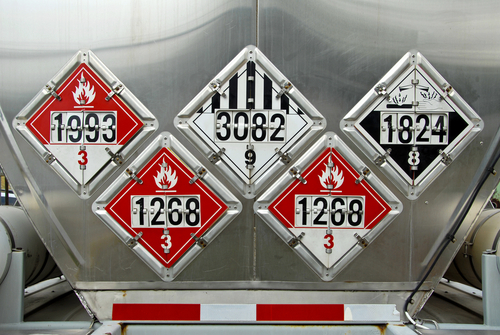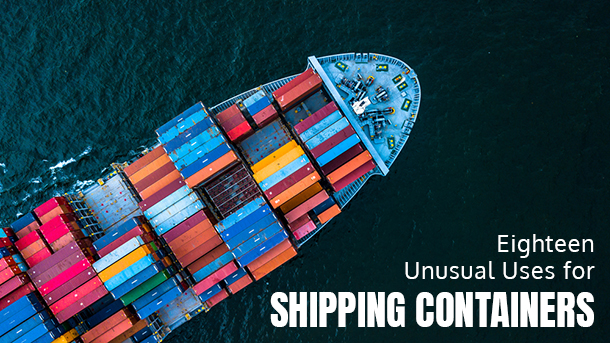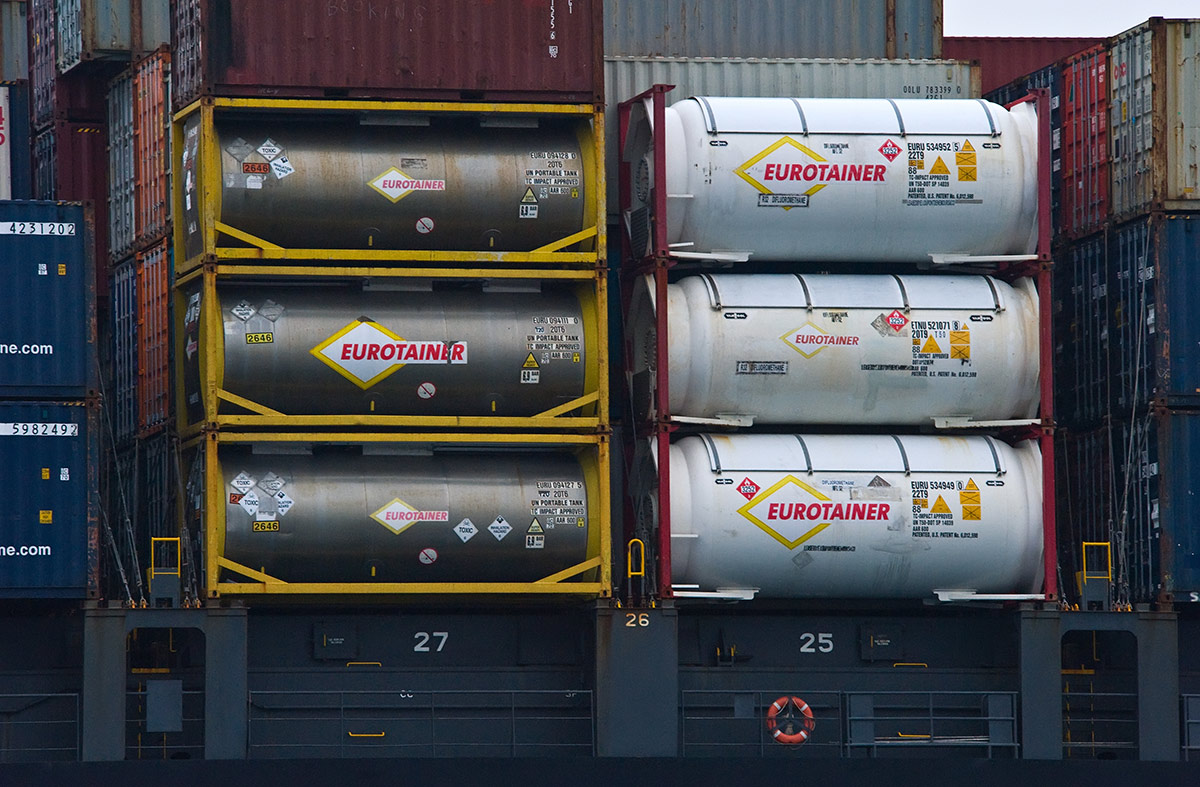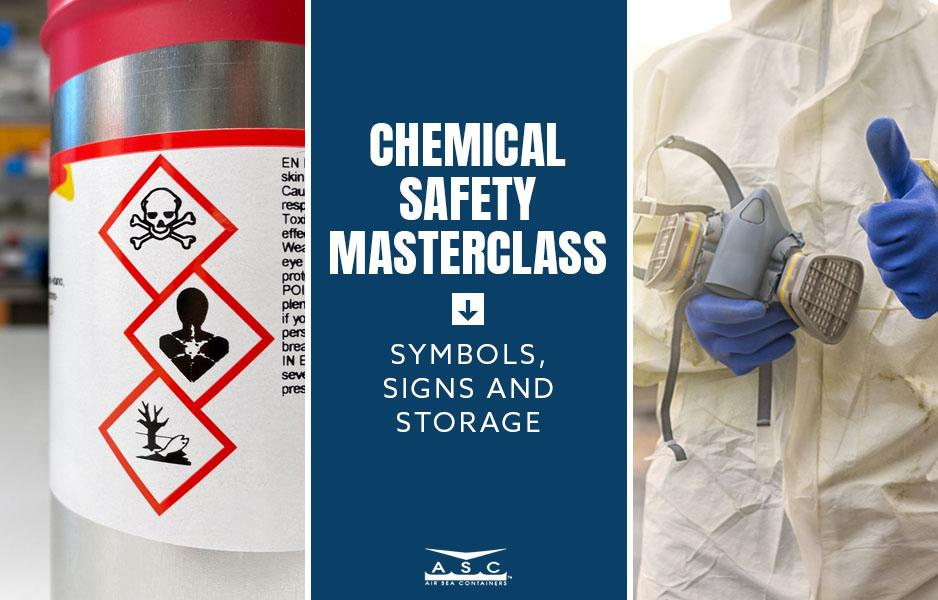Transporting hazardous materials is serious business. Getting these potentially dangerous goods from point A to point B without incident is a huge concern, and there are several laws and regulations in place to ensure public safety. Carriers must be licensed, and all hazardous materials must be properly labeled.
The Department of Transportation (DOT) requires that hazmat shipments be placarded in most cases, and if your business plans to transport hazardous materials, you are responsible for providing the carrier with the appropriate placards.
Hazmat placards are extremely important. If you plan on transporting or shipping hazardous materials, you need to understand them and the requirements for their use. Keep reading to discover all you need to know about hazmat placards when transporting hazardous materials.
Hazmat Labels vs. Hazmat Placards
Let’s start with the basics. Hazmat labels and hazmat placards are commonly confused — and while they are quite similar, they are two entirely different products. Hazmat labels are standard identifiers that have been designed to meet federal Dangerous Goods regulations. They are placed on hazmat packaging and overpacks. They can either be printed on or attached to the packaging as close to the UN number and shipping name as possible.
Hazmat placards, on the other hand, are placed on trucks, cylinders, outer containers and vehicles used for transport. They are larger and more durable versions of hazmat labels that communicate the hazards of materials contained within transport vehicles, bulk packages and other large receptacles.
The Importance of Placards
Hazmat placards do an important job. Much like the road signs that inform us of upcoming road construction and one-way streets, they alert us to potentially dangerous materials being hauled in transport vehicles. Because hazardous materials are dangerous and subject to increased regulations, the public has a right to know when these materials are being transported nearby. DOT placards let the public know when they are within the vicinity of Dangerous Goods. While members of the public aren’t always aware of the hazmat meaning of a particular placard, the mere sight of these placards informs most people that potentially hazardous substances are close by.

These placards are also vital to first responders. No matter how many precautions are taken, accidents can and sometimes do happen. When hazardous materials are present, emergency personnel need to know what they are dealing with. If shipping papers are not available, hazmat placards deliver important information that allows first responders to determine how to best approach a situation.
Lastly, hazmat placards are typically required by law. In the United States, there are a few exceptions, but you are ultimately responsible for making sure DOT hazmat placards are used in accordance with all laws and applications. If you are caught transporting hazardous materials without the right placards, your business will face stiff fines and additional penalties.
Placard Classification
There are several different hazardous material warning placards that are broken down into nine categories or classes. Class 1 includes explosives while Class 2 includes gases such as oxygen, flammable gas, non-flammable gas and inhalation hazards. Flammable and combustible liquids, such as gasoline and fuel oil, must have Class 3 placards, and Class 4 placards are assigned to flammable solids and materials that are spontaneously combustible or dangerous when wet. Class 5 includes oxidizers and organic peroxide, Class 6 includes poison and poison inhalation hazards, Class 7 is used for radioactive materials, and Class 8 is used for corrosives. The Class 9 hazmat placard is reserved for miscellaneous hazardous materials.

Where to Place Placards
According to 49 CFR 172.504(a), when required, each freight container, bulk packaging, transport vehicle, railcar or unit load device must be placarded on each side and each end. Further, 40 CFR 172.516(a,b) states that placards on rail cars and transport vehicles must be clearly visible from the direction it faces except when coupled with another railcar or transport vehicle. In this instance, the side that faces that coupled car or vehicle may be obstructed by that car or vehicle.
Conclusion
The US Department of Transportation has strict rules and regulations for transporting hazardous materials. The use of hazmat placards is required by law, and failure to comply could result in heavy fines and other penalties. If you are transporting hazardous materials yourself or having them shipped by another carrier, it is your responsibility to ensure that proper placards are provided and used. While using them may seem like an inconvenience, the laws are in place to ensure public safety and make it easier for emergency crews to respond to accidents.
Shop Our Selection of Hazmat Shipping Placards










